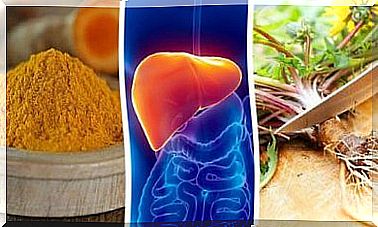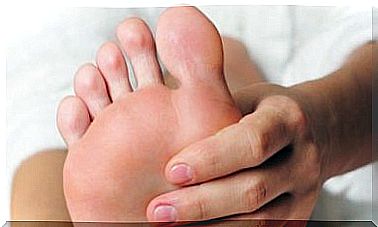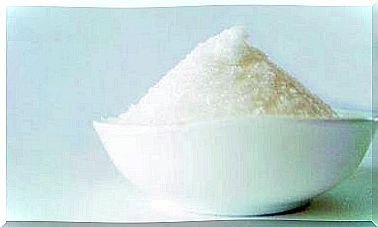Injury To The Aorta
Studies show that if the aorta is injured, only 15% of those affected reach the hospital alive. The mortality rate after three months without appropriate treatment is 90%.
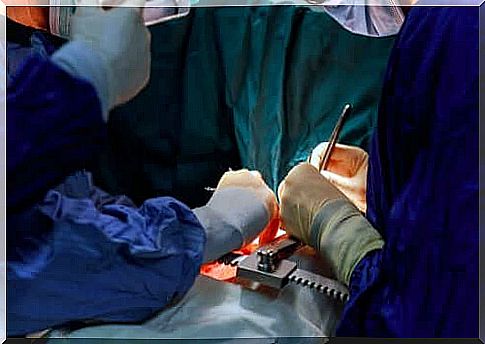
The violation of the aorta is a dangerous emergency, which unfortunately all too often fatal. An aortic tear can occur after a blunt or penetrating chest trauma. In this case, every second counts to save the affected person’s life. Fortunately, it is a rare injury.
16 to 40% of in situ deaths from internal injuries are due to injury to the aorta . This percentage is only exceeded by traumatic brain injuries. This is accompanied by severe central nervous system injuries and heart problems. It is therefore the leading cause of sudden and unexpected post-traumatic death.
As for the etiology of the aortic injury, traffic accidents come first. Falls are also often the cause, especially if the impact occurs from the side.
Only 15% of patients with an aortic injury arrive at the hospital alive. Without adequate treatment, the mortality rate is 90% in the first three months. The chances of survival depend on the severity of the injury, the associated symptoms and the treatment. The time factor also plays an important role because it is an acute emergency.
Injury to the aorta: classification
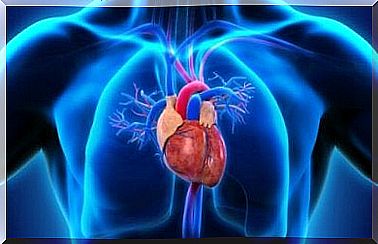
Most often, injuries to the aorta are divided into three degrees of severity, which require different treatments:
- Grade I : Injuries that can be treated with drugs such as beta blockers. Medical supervision is necessary until the situation stabilizes or until the patient recovers.
- Grade III : Injuries that require immediate surgical intervention. These include, for example, a tear in the aorta or a pseudoaneurysm that has secondary signs of serious injury.
The second degree of severity includes injuries caused, for example, by tumor infiltrating lymphocytes (TIL). Treatment in this case depends on other parameters; for example, on the stability of the injury, the absence of secondary signs indicating the severity, and other injuries present.
This simple classification enables doctors to communicate using a standardized language.
Injury to the aorta: symptoms
The symptoms the patient is suffering from will influence the choice of treatment. Highlighted are signs of serious injury and the concept of stability over time.
Secondary signs of serious injury are:
- Pseudocoarctation: An anomaly of the aorta.
- Severe bruises
- Massives lines hemothorax
- Pseudoaneurysm size or injury greater than 50% of its circumference.
These are factors that increase the degree of injury. Therefore an urgent treatment is required, while the absence of these factors allows a choice treatment. Another factor of the same importance is hypotension that requires treatment.
Injury to the aorta: diagnosis

In recent years, the diagnostic options have developed significantly, which also simplifies the diagnosis and treatment of an aortic injury. Technological advances make multidetector computed tomography and endovascular aortic repair (EVAR) possible.
On the one hand, small injuries do not go undetected and, on the other hand , the mortality rate can be reduced if this is directly related to the choice of procedure and the time of treatment.
The natural development of aortic injuries depends on several variables, the severity being a decisive factor. But it is not the only one that determines the need and the best time to start repairing or conservative treatment.
So we are talking about a revolution in diagnostic technology for determining an aortic injury. This is done according to the first signs visible on a chest x-ray until minimal intimal damage is identified, which previously remained hidden as it is not always accompanied by a mediastinal hematoma.
Treatment of an aortic injury
There are currently three different treatment options:
- Medical treatment with beta blockers, calcium channel blockers and vasodilators to reduce blood pressure in combination with platelet aggregation inhibitors / anticoagulants.
- Endovascular aortic repair
- Open surgery repair
Each of these interventions can be performed as an emergency, semi-selective, or programmed treatment. As for endovascular aortic repair, which has been developed in recent years, great advances have been made with new technologies: compared to open surgery, this technique requires less time in the operating room, fewer transfusions and a shorter hospital stay.
These data suggest that this method should be chosen when the prerequisites for it are given (for example, also in children with a thoracic injury to the aorta).

